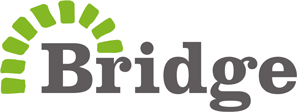At Bridge we believe that ongoing professional development is essential for teachers to succeed. It’s important to structure a system that supports teachers throughout their teaching journey. Our schools are viewed as dynamic learning environments for not only pupils, but teachers too. There’s nothing more demotivating than being isolated without the necessary feedback or support that enables you to succeed. At Bridge we support teachers in the developing world within a clear development cycle that consists of four distinct parts, these are:
1. Induction Training
All teachers—experienced and novice—that we support go through introductory training. This focuses on a teaching philosophy and classroom leadership techniques, often mirroring what teachers themselves will use in their classroom. The induction offers plenty of opportunity to practice new teaching approaches and explore the technology and resources they’ll use every day. This induction training means that teachers go to their classrooms with the skills and confidence to succeed.
2. Data driven decision making for classrooms
Both the training and the coaching are built on the foundations of the growth mindset, focusing conversations positively on the continuous development and improvement of teachers. Both provide solid data points on how well teachers apply teaching techniques in the classroom. This data is analysed to make critical decisions on how best to further support teacher development—and, by extension—pupil learning.
3. Classroom Observation and Coaching Support
Teachers are part of a supportive network which means that they always have a ‘shoulder to lean on’. They have a range of people to turn to which includes their field officers, school leader and learning and development coach.
Our learning and development team is made up of former professional teachers who regularly visit classrooms to observe teaching. They conduct evidence-based classroom observations and give targeted feedback to teachers through two key mechanisms: using Short Observation and Long Observation.
A Short Observation enables school leaders to monitor that the teacher is actively leading the class. It’s the first check to ensure that learning is actively happening in the classroom.
A Long Observation enables in-depth evaluation of teaching quality in the classroom. Teachers are given feedback on key teaching principles and are meaningfully supported with ways to improve their teaching. Both kinds of observations are built on the foundations of the growth mindset, focusing conversations positively on the continuous improvement and development of teachers. Both provide solid data points on how well teachers are using the teaching techniques. This data is analysed to make critical decisions on how best to further support teacher development—and, by extension—pupil learning.
Overall our coaching and feedback structure is an empowering experience for teachers which puts them at the centre of our organisation.
4. Continuous Professional Development
Research demonstrates that ongoing professional development is an essential element for ensuring strong performance, increasing teacher retention and improving pupil outcomes. At Bridge, we believe that teaching is first and foremost a practice-based profession and that teachers want to spend their time teaching. As part of this, every week teachers in Bridge-led and Bridge-supported schools get an opportunity to refresh their skills, share best practice and develop new teaching techniques. We believe no matter where you teach in the world, it’s important to be teaching in the best way possible.





